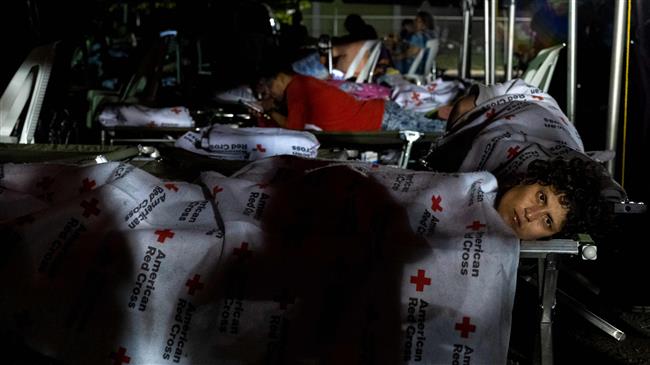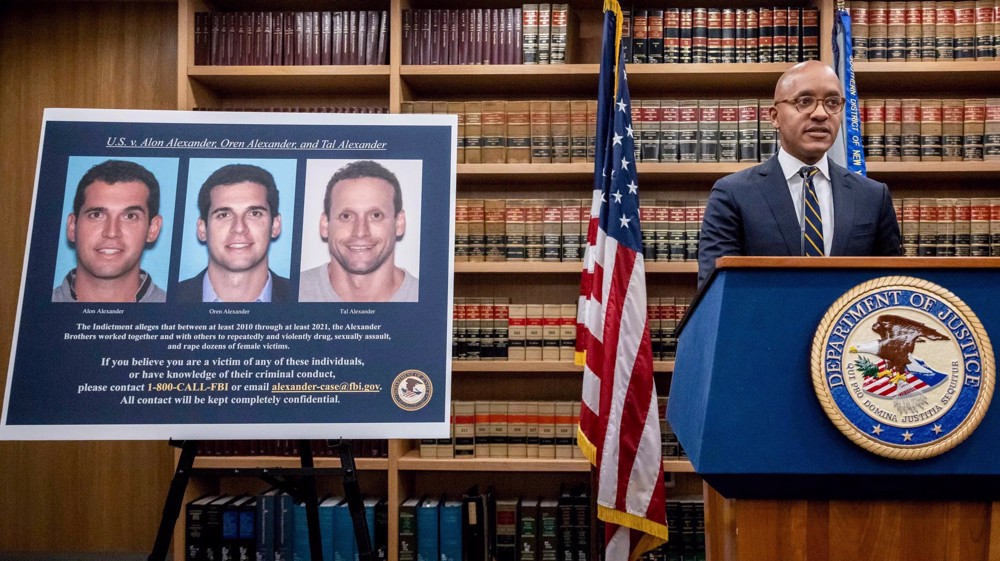Most people in Puerto Rica without power after quakes
More than half of Puerto Rico's 3 million people remained without power on Wednesday and thousands slept outdoors after earthquakes toppled homes on the Caribbean island and raised fears more could collapse.
Tuesday's quakes, including the most powerful one to strike the US territory in 102 years, killed at least one person and destroyed or damaged about 300 homes. A state of emergency was declared.
The south of the island was hardest hit, dozens of homes collapsing in towns like Yauco, Guanica and Guayanilla during a 6.4 magnitude earthquake and 5.9 aftershock.
Tremors shook the island on Wednesday and thousands slept outdoors or in their cars, fearful their homes would collapse in the event of another major event.
"Horrible, horrible, horrible, horrible, everything fell on top of us," said Josefina Pacheco who ran out onto the street during the quakes. "It's really hard to see so many houses around you on the ground."
Power was not expected to be restored to the whole island until the weekend after quakes knocked out its main generating plant and damaged energy infrastructure, the head of the AEE electricity agency, Jose Ortiz, told El Nuevo Dia newspaper.

About 600,000 of the island's 1.5 million customers had power on Wednesday, up from 100,000 on Tuesday night, and the island was generating 955 megawatts of electricity, well short of the 2,300 megawatts it needed, AEE said on Twitter.
The power outages brought back memories of the aftermath of Hurricane Maria in 2017, when Puerto Ricans endured lengthy blackouts following a disaster that killed nearly 3,000 people.
On Wednesday, about 24% of the population still had no running water and more than 2,200 people left homeless had taken refuge in government shelters, said Carlos Acevedo, commissioner of disaster agency NMEAD.
In Guanica, supermarket owner Santo Manuel Ruiz Pietri began cleaning up collapsed shelves and surveying structural damage to his building.
"It was nearly complete devastation at our Guanica location, inside and outside," said Ruiz Pietri, estimating the damage to be in the hundreds of thousands of dollars.
The earthquakes followed a series of natural and man-made disasters to afflict the US territory in recent years. The island is also going through bankruptcy and its former governor resigned amid a political scandal and massive street protests last year.

US President Donald Trump on Tuesday declared an emergency in Puerto Rico and authorized the Federal Emergency Management Agency to coordinate disaster relief with Puerto Rican officials.
The US Department of Health and Human Services declared a public health emergency on the island to ensure hospitals had funding to meet needs.
More than 500 tremors occurred in the south of the island between Dec. 28 and Tuesday, including 32 greater than magnitude 4.
The 6.4 magnitude quake on Tuesday morning was the most powerful to hit Puerto Rico since 1918, when a 7.3 magnitude quake and tsunami killed 116 people, according to the Puerto Rican seismology institute, Red Sismica.
Puerto Rico is accustomed to hurricanes, but powerful quakes are rare.
(Source: Reuters)
Relentless Israeli ceasefire violations justify need for self-defense: Lebanese MP
Tel Aviv tells Damascus Israeli forces will remain in occupied territory: Report
Dec. 22: ‘Axis of Resistance’ operations against Israeli occupation
‘Abhorrent’: Oxfam says only 12 trucks delivered aid in North Gaza since Oct.
VIDEO | Leader receives religious eulogists on Hazrat Fatima birth anniv.
Pope Francis slams Israel’s ‘machine-gunning’ of Gaza children
US hostage-taking of Iranian nationals violation of intl. law: Deputy FM
VIDEO | Carol Singers for Palestine on London’s Parliament Square










 This makes it easy to access the Press TV website
This makes it easy to access the Press TV website